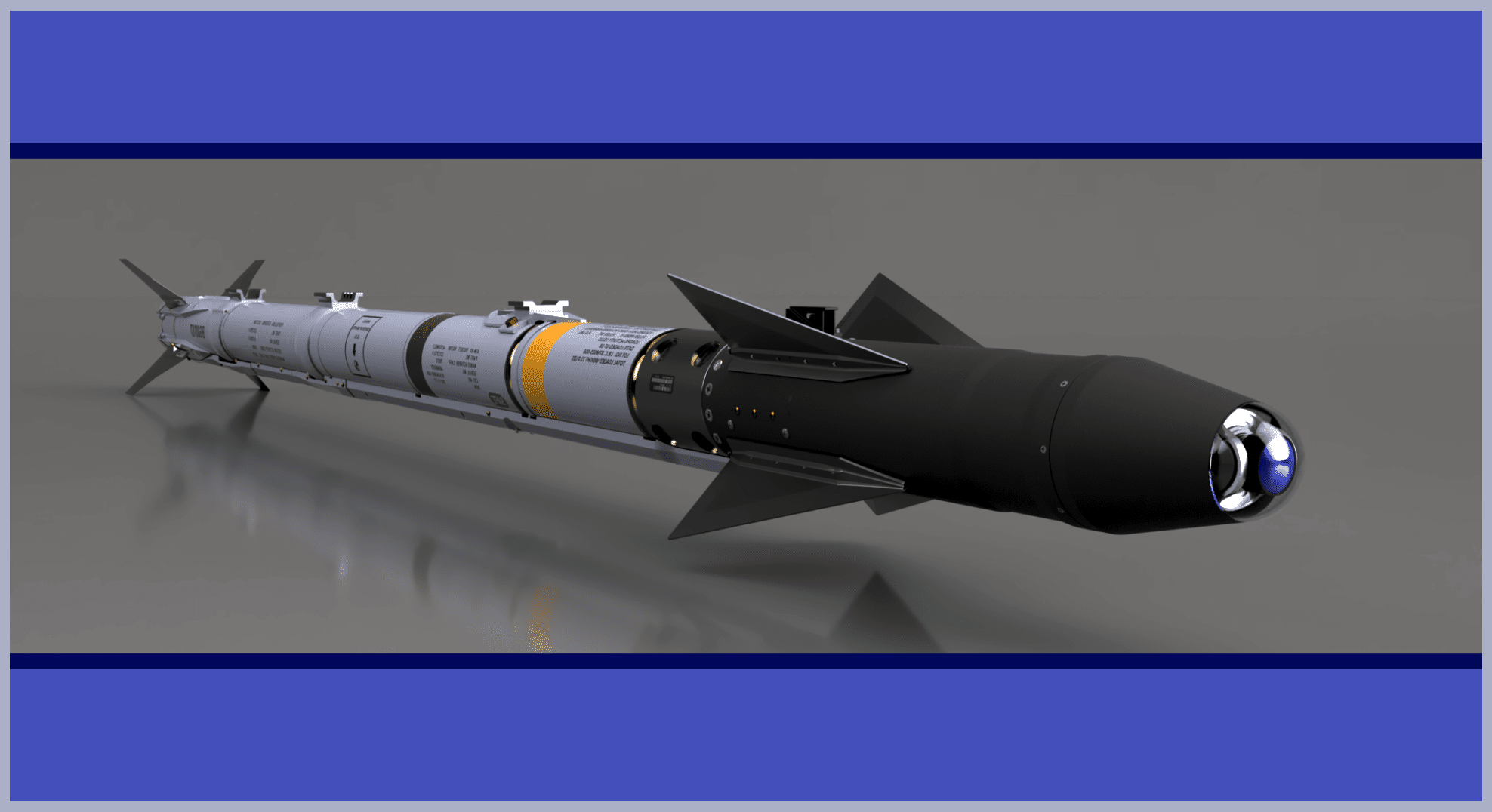The AIM-9 Sidewinder holds the distinction of being the most extensively utilized air-to-air missile in Western arsenals. With a staggering production tally exceeding 110,000 missiles, these have been supplied to not only the United States but also to 31 other nations as of 2023. Its combat record boasts approximately 270 aircraft kills, along with a notable incident involving the downing of a Chinese spy balloon. The AIM-9 Sidewinder stands as an exemplar of success, combining effectiveness, affordability, and longevity, making it one of the most enduring air-to-air missiles in history.
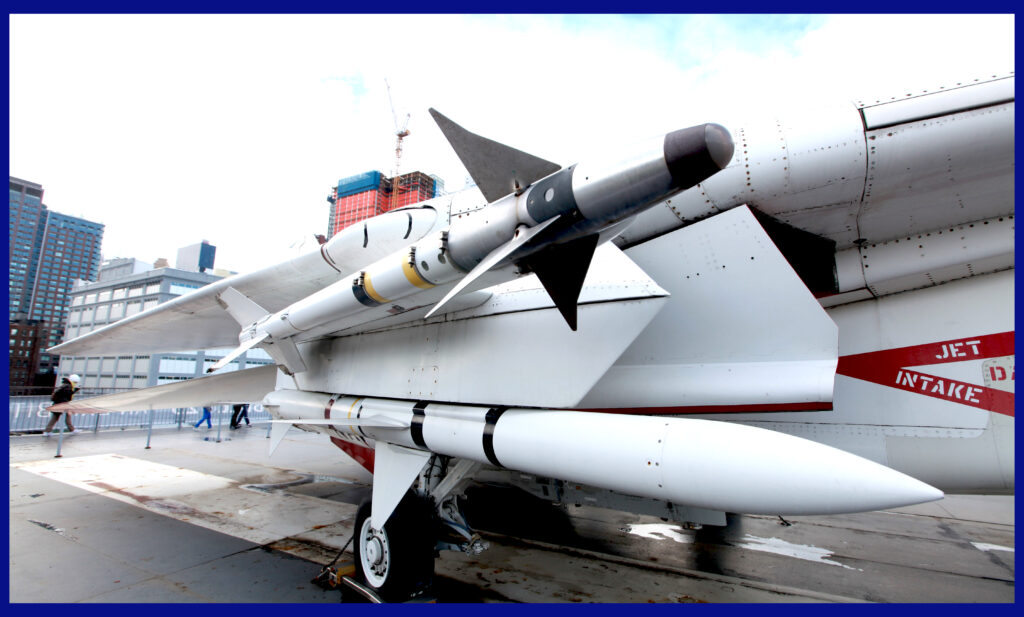
The Evolution and Development of the AIM-9 Sidewinder Air-to-Air Missile (AAM)
The successful launch of the prototype Sidewinder, known as the AIM-9A, marked a significant milestone in September 1953. Subsequently, the first operational version, designated AIM-9B, was introduced in 1956, initiating a series of ongoing enhancements and refinements.
This short-range air-to-air missile, known as the Sidewinder, was first employed by the US Navy in 1956, followed by its adoption by the US Air Force in 1964. The Sidewinder has since established itself as an enduringly successful multinational design, and its most recent derivatives remain standard equipment in the majority of Western-aligned air forces today.
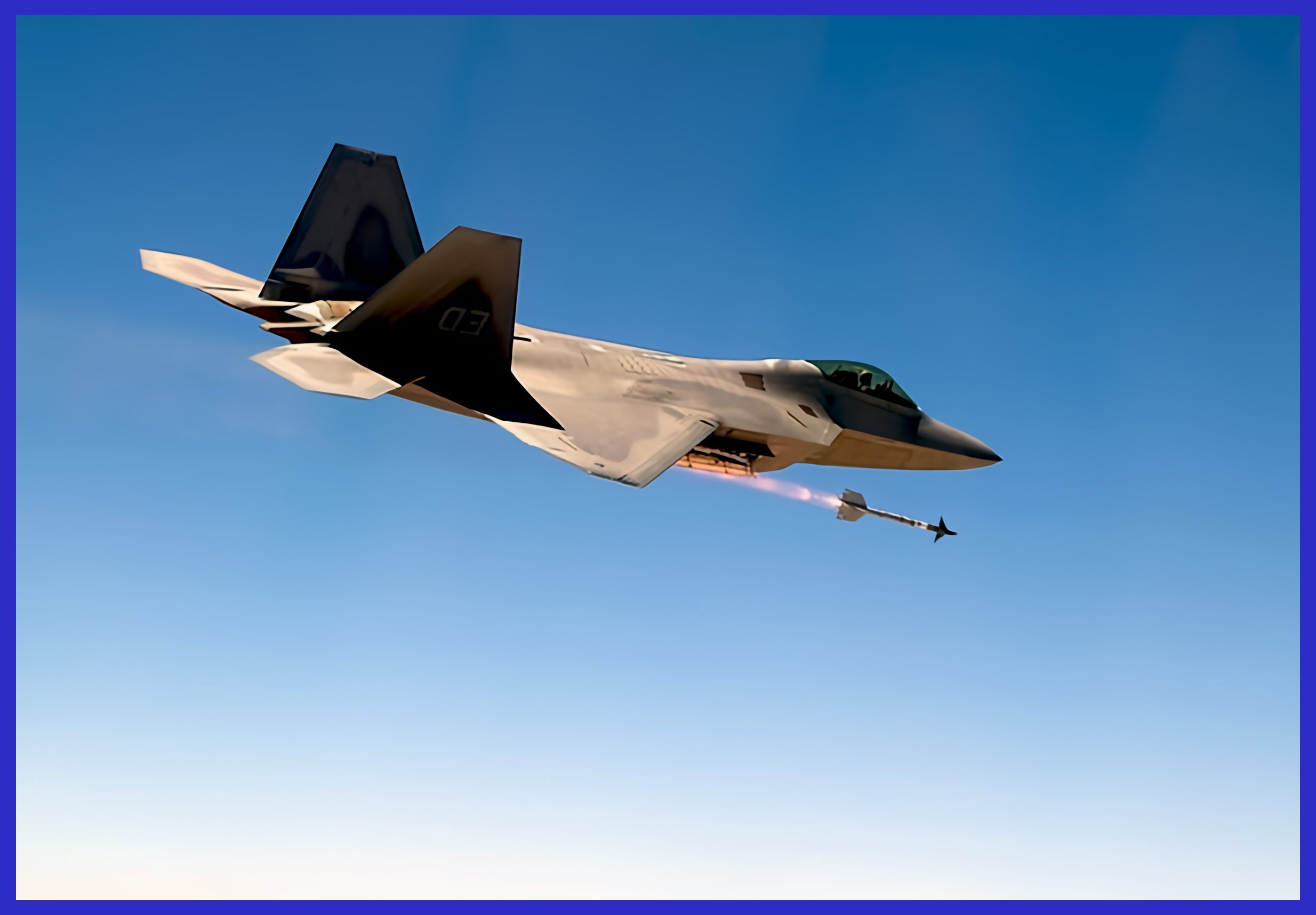
The ‘L’ model marked the first Sidewinder variant with the capability to engage targets from all directions, including directly overhead. The AIM-9M, carrying forward the all-aspect capability of the ‘L’ version, introduced a range of performance enhancements. These included improved background discrimination, a reduced-smoke rocket motor, and heightened resistance to infrared countermeasures. These advancements not only reduced the missile’s susceptibility to detection but also enhanced its ability to acquire and lock onto targets. Deliveries of the AIM-9M began in 1983.
The Sidewinder missile has undergone multiple revisions and upgrades over the years. The latest iteration, known as the AIM-9X, is categorized into various blocks and remains in active service today.

Advanced All-Aspect Variants in Later Generations of Sidewinder Missile
AIM-9A/E
The AIM-9A, the original Sidewinder prototype, made its first flight in 1953. The first manufacturing variant was the “B”, which entered service in 1956. These versions had a limited effect because the missile could not be fired at night, nor was it able to identify targets near the ground. It could only fire its infrared sensor from behind an enemy plane, which needed to detect a lot of heat. It was equipped with a Thiokol Mk.17 solid-fuel engine.
The first version of the Sidewinder ( AIM-9B/C/D/E ) was manufactured in numbers close to 100,000 with Raytheon and General Electric serving as primary subcontractors. The guidance and control components of the early missiles were made by Philco-Ford. 9,200 examples of the NATO-specific first-generation missile were produced in Germany by Bodenseewerk Gerätetechnik under license.
AIM-9G/H
This version of the Sidewinder is characterized by no longer having circuits with vacuum tubes (that were abandoned in the G version – which is an enhanced version of D) (that were abandoned in the G version – which is an improved version of D). The Sidewinder was able to engage off-boresight targets or targets that were not directly in front of the launching platform, from the G model. The missile in version 9G/H, which sells semiconductors and electronic components, has a 20-degree window for screening targets.
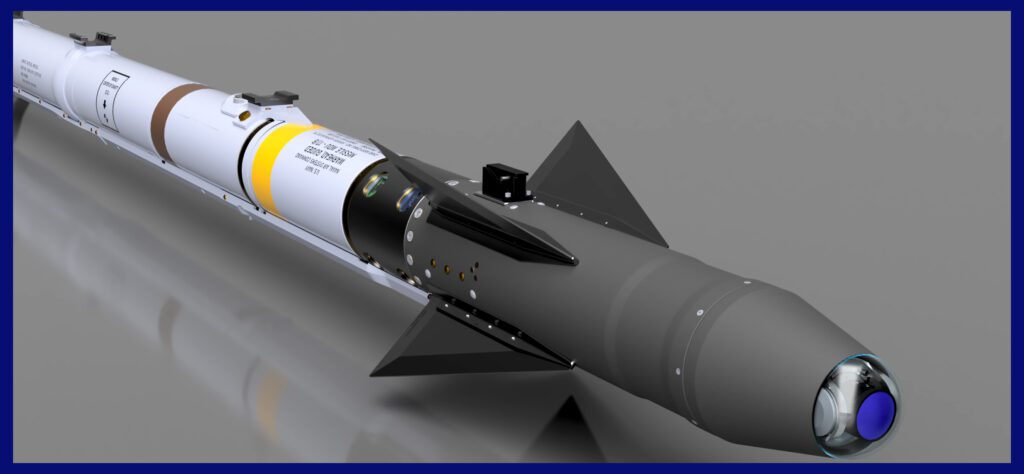
AIM-9L
The Bermite Mk.36 solid fuel engine, which was added to this version of the Sidewinder in 1976, is notable for its increased power and a number of other upgrades that improve the missile’s mobility. The first model with all aspects was the AIM-9L. Because there were methods available in 1976 for tricking the earlier versions of Sidewinder, the resistance to countermeasures has also grown.
The AIM-9L variant, which went into full production in 1977, was the next significant development in the IR Sidewinder. This was the first “all-aspect” Sidewinder, capable of attacking from all sides, including head-on, which had a significant impact on close-quarters fighting strategies. In the Gulf of Sidra in 1981, two US Navy F-14s engaged two Libyan Mig jets in action; both were wiped down by AIM-9L missiles. The United Kingdom first employed it in major combat, the Falklands War, in 1982. The “L” reportedly scored 17 kills and 2 shared kills against Argentine aircraft during this campaign, achieving kills from 80% of launches—a significant improvement over the 10-15% levels of earlier versions.

AIM-9P
The AIM-9P Sidewinder, introduced in 1978, is distinguished by its high manoeuvrability and extended range. The explosive is less as a result. The P version shares traits with the versions “E,” “J,” and “N” and is a derivative of the “J” version. With less capacity than the trend line 9H/9L/9M/9X, this subfamily of the Sidewinder family is seen as an export variant. Although slightly less sophisticated, the AIM-9P is less expensive than its modern-day class counterpart, the AIM-9M, and is also utilized by the U.S. Air Force and the U.S. Air National Guard of various American states.
AIM-9M
The AIM-9M variant of the AIM-9L, which was introduced in 1983 as an upgrade to the L type, is distinguished by being more resistant to countermeasures, boosting the missile’s capacity to identify sources of heat. It has also improved the ability to distinguish a target against infrared pollution while the target is at a low altitude. 13 Iraqi aircraft were shot down by the AIM-9M in 1991 during Operation Desert Storm.
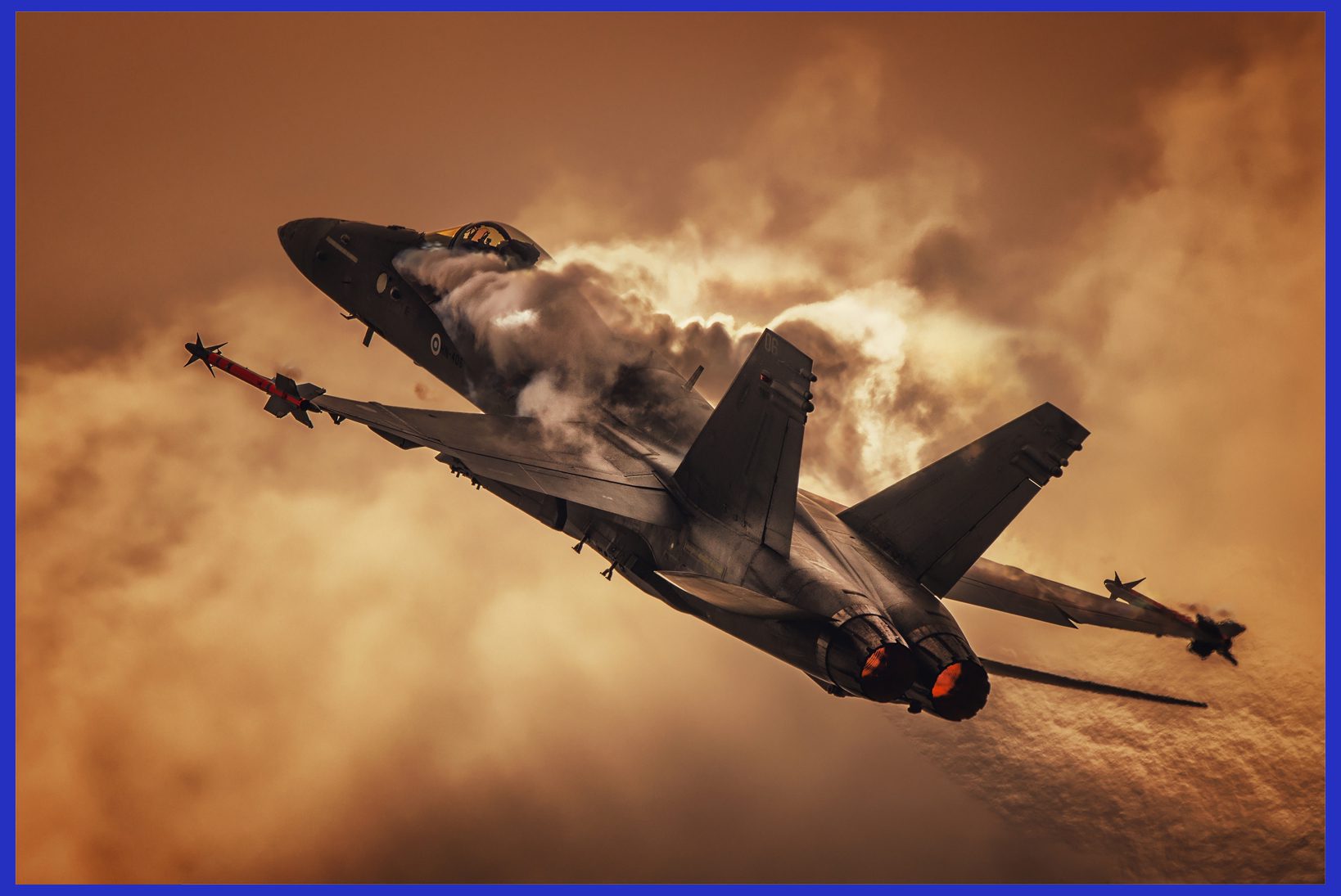
AIM-9X (The Latest Version) Detailed Overview
The IM-9X features a vector-controlled, nimble thrust airframe. It incorporates the rocket motor, warhead, and fuse from the AIM-9M as well as a high-performance staring focal plane array sensor. The missile’s digital design architecture is flexible enough to accommodate future requirements.
The missile measures 3.2 meters in length, with a diameter of 12.7 centimetres, a fin span of 44.4 centimetres, and a wingspan of 35.3 centimetres. It has an approximate weight of 85 kilograms and has the capability to transport a 9.36-kilogram annular blast fragmentation warhead to a range exceeding ten miles.
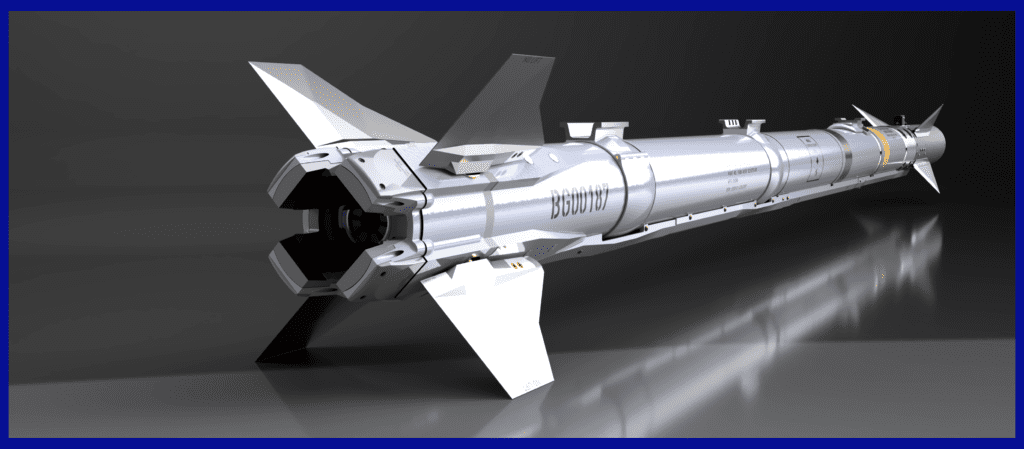
The AIM-9X missile’s navigation and compass work involves tracking and guiding tasks, which are facilitated by its infrared (IR) homing guidance system. This missile is equipped with a mid-wave IR FPA seeker, and the seeker’s High Off-Boresight (HOBS) capability expands the missile’s effective engagement range when used in conjunction with a helmet-mounted sight. To locate and track targets, the AIM-9X employs passive infrared (IR) energy. After launch, the seeker continuously tracks the heat signature emanating from the enemy aircraft’s engines.
The missile can be launched day or night, even against electronic countermeasures ( ECM ), thanks to infrared homing. The missile has a Near-Beyond-Visual Range ( NBVR ) and Within Visual Range (WVR) at which it can attack targets, just like the Russian R-73M.
Propulsion System: The AIM-9X is powered by a propulsion system that incorporates a thrust vector control module integrated into a Mk 36 rocket motor. This solid propulsion motor utilizes a reduced-smoke hydroxyl-terminated polybutadiene (HTPB) propellant. The missile benefits from enhanced range and manoeuvrability due to the cylindrical grain form and integrated control actuation system of the motor.
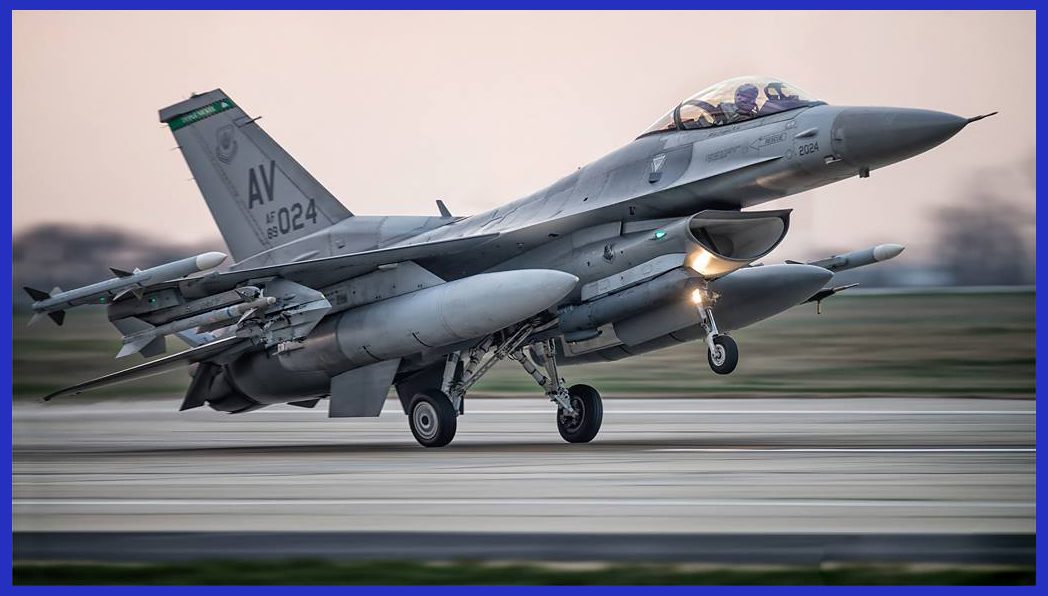
Development of AIM-9X Sidewinder
The most recent Sidewinder missile, the AIM-9X, was developed with features that boost its lethality and is equipped in the majority of American military aircraft. The AIM-9X is the benchmark for how the United States is developing its short-range missile capabilities. When it comes to being able to distinguish between different sources of heat throughout the environment, the AIM-9X has much higher capabilities. For example, it can recognize the silhouette of an enemy aircraft.
The AIM-9X outperforms all prior AIM-9 family missiles in terms of its electronic capabilities, which allow it to identify targets even in the face of several alternate heat sources and/or decoys. Together with these benefits, the AIM-9X’s new engine, the Hercules-Bermite Mk.36, can increase the missile’s maximum range by almost twofold, classifying it as an NBVR ( Near Beyond Visible Range ) missile. The AIM-9X can be set up in two different ways: as a Network Centric Airborne Defense Element ( NCADE ) weapon or as a missile that can be launched from a submarine.
The AIM-9X Sidewinder missile is presently operational in 31 countries across the globe. It is supplied to member nations of NATO and various other nations allied with the United States.

The versatile AIM-9X missile can be employed seamlessly for surface-attack, air-to-surface, and surface-launch missions without necessitating any modifications. This collaborative effort between the U.S. Air Force and the U.S. Navy involves 31 foreign military sales partners. This state-of-the-art short-range missile, equipped with infrared tracking capabilities, has undergone combat testing in various international theatres.
In December 2004, Raytheon was awarded a contract worth $158 million by the US Naval Air Systems Command for the manufacturing of 443 all-up-round AIM-9X missiles, along with 153 AIM-9X training missiles and the necessary associated equipment.
AIM-9X Block-II: In September 2008, the testing phase for the AIM-9X Block II variant commenced. This missile has the unique ability to be launched before being guided towards its target by an aircraft equipped with the necessary technology for 360-degree engagements, examples being the F-35 and the F-22. The Block II variant introduced a lock-on after-launch capability through a datalink system. By January 2013, the AIM-9X Block II had completed nearly half of its operational testing, demonstrating performance levels that exceeded initial expectations.

A wide variety of contemporary aircraft, including the F-15C Eagle, F-15E Strike Eagle, F-16 Fighting Falcon, F/A-18 Super Hornet, E/A-18G Growler, F-22 Raptor, and all F-35 Joint Strike Fighter versions, may easily accommodate the weapon’s installation. AIM-9X adds a short-range layer of defence as a component of the National Advanced Surface-to-Air Missile System, also known as NASAMS.
To enhance handling and in-flight safety, the AIM-9X Block II missile now includes a revised fuze and a digital ignition safety system. It has modernized electronics, including the ability to lock on after launch utilizing a new weapon datalink to assist engagements beyond visual range. Just like the French MICA missile. As of June 2013, Raytheon had delivered 5,000 AIM-9X missiles to the armed services of the U.S.

Issues Need to Be Rectified: On June 18, 2017, US Navy Lt. Cmdr. Michael “Mob” Tremel, flying a F/A-18E Super Hornet, successfully employed an AMRAAM AAM to shoot down a Syrian Air Force Su-22 Fitter, as an AIM-9X failed to track the target aircraft. Allegedly, the Sidewinder has been tested against American flares rather than flares from the Soviet Union or Russia. It is customary for the Sidewinder to reject American flares but not Soviet or Russian ones. Similar problems arose during the testing of the AIM-9P model. This preference for Soviet flares over American flares is due to their “different burn time, intensity, and separation,” according to the missile’s behaviour.
AIM-9X Block-III: Raytheon was given the go-ahead to continue creating the Sidewinder as a Block III variant in September 2012. In a period of shrinking finances, it was thought that altering the AIM-9X would be more affordable than creating a new missile. The rocket motor would have improved performance and missile power control in order to extend the range. The guidance unit, electronics, and datalink derived from AMRAAM in Block II would be “leveraged” by Block III. When more F-35 Lightning II Joint Strike Aircraft entered service in 2022, Block III was expected to reach initial operational capability ( IOC ).
The Navy pushed for this upgrade in response to a threat that analysts predicted would arise from the difficulty of targeting upcoming Chinese fifth-generation jet fighters (Chengdu J-20, Shenyang J-31) with the radar-guided AMRAAM. More specifically, analysts predicted that Chinese advances in electronics would mean Chinese fighters would use their AESA radars as jammers to reduce the kill probability of the AIM-120. However, the Navy’s FY 2016 budget eliminated the AIM-9X Block III, which was primarily designed to allow the fighter to carry six BVR missiles, the insensitive munition warhead will be kept for the AIM-9X program. This was done in order to reduce purchases of the F-35C.
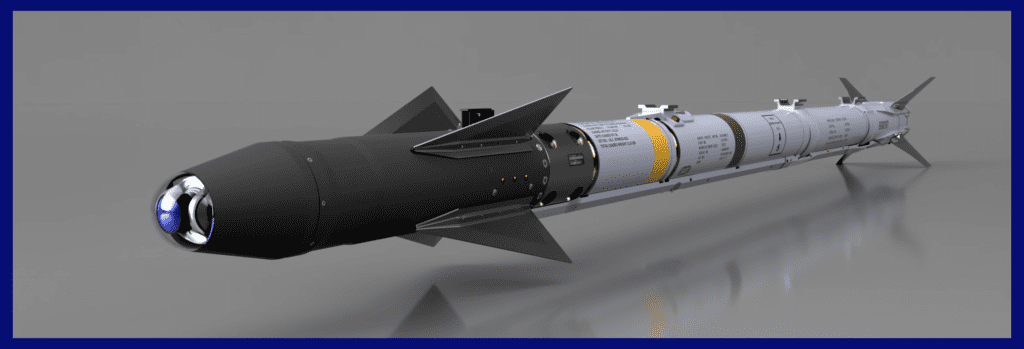
The Very Latest Shootdowns by AIM-9X in 2023: A confirmed Chinese spy balloon was intercepted and shot down by an American Air Force F-22 Raptor on February 4, 2023, at an altitude ranging from 60,000 to 65,000 feet off the coast of Surfside Beach, South Carolina (18,000 to 20,000 meters). Another unidentified object met the same fate near Alaska six days later, while two additional targets were successfully shot down on February 11 and 12, over Lake Huron in Michigan and Yukon, Canada, respectively.
Exploring Alternative Ground Launch Platforms: In 2016, at the White Sands Missile Range in New Mexico, USA, comprehensive testing was conducted on the AIM-9X as a Surface-To-Air Missile (SAM), employing a Multi-Mission Launcher (MML). Throughout these tests, concerns emerged regarding overheating problems when paired with the MML. Consequently, these concerns have been diligently addressed and successfully resolved. In a collaborative effort, the U.S. Army and Dynetics have committed to developing prototypes for the Indirect Fires Protection Capability (IFPC), which will utilize an MML-based launcher to deploy Sidewinders, with a specific focus on countering Unmanned Aerial Vehicles (UAVs) and cruise missiles. The anticipated timeline for its integration into active service is slated for 2023.

AIM-9X Sidewinder Air-To-Air Missile Technical Specifications
- Country of Origin: USA
- Weight: 85.3 kg ( 188 lb )
- Length: 9ft 11 in ( 3.2 m )
- Diameter: 5 in ( 127 mm )
- Warhead: 9.36 kg annular blast fragmentation
- Detonation: InfraRed proximity fuse
- Engine: Hercules/Bermite Mk. 36, Solid propellant rocket
- Range: 35 km
- Speed: Mach 2.7
- Guidance: Infrared homing and semi-active radar homing
- Launch Platform: All U.S. military aircraft are designed to launch this air-to-air missile, as are naval vessels, fixed launchers, and ground vehicles for SAM versions.
Moreover, don’t miss the golden opportunity to own an exquisite and awe-inspiring scale model of the A-10A Thunderbolt II fighter jet equipped with the Sidewinder Missile on its port side, conveniently available exclusively on AirModels. These remarkable and iconic military fighter jets boast an impeccable track record and are now available for purchase with worldwide delivery. Click here now to secure your piece before the limited stock is depleted.

In conclusion, the AIM-9X Sidewinder stands as a testament to the continual evolution of air-to-air missile technology. From its humble beginnings in the 1950s as the AIM-9A, this versatile weapon system has undergone a remarkable journey of development and refinement.
With its advanced imaging infrared seeker, off-boresight engagement capabilities, and exceptional manoeuvrability, the AIM-9X has become a formidable asset in modern air combat. Its ability to engage targets at varying angles and resist countermeasures makes it a potent force multiplier for the armed forces of the United States and its allies.
As it continues to receive upgrades and enhancements to meet the challenges of evolving threats, the AIM-9X Sidewinder remains a cornerstone of short-range air-to-air missile technology, ensuring that it will continue to play a crucial role in safeguarding the skies for years to come.
Important Announcement for Our Valued Readers!
After an article is published, it is possible that updates or changes may have occurred beyond the time of publication. Therefore, it is important to be aware that certain information in the article might be outdated. To ensure the most accurate analysis, it is highly recommended to verify the content with the latest sources available.
However, we are dedicated to delivering outstanding articles on military products and global updates. Maintaining quality and smooth operation requires resources. Your support sustains our efforts in providing insightful content. By purchasing high-quality products through our affiliated links, you help us keep our platform alive and acquire top-notch items. Your unwavering support is invaluable and inspires us to strive further.
We welcome your suggestions and requests for more information, as we value feedback from our readers. If there’s specific defence material or equipment not covered on our site, please share your request in the comments. We’ll strive to research and provide the required information. We sincerely thank you for your unwavering interest in our website, and we eagerly anticipate hearing from you! Enjoy your reading experience!
